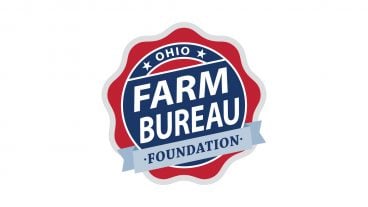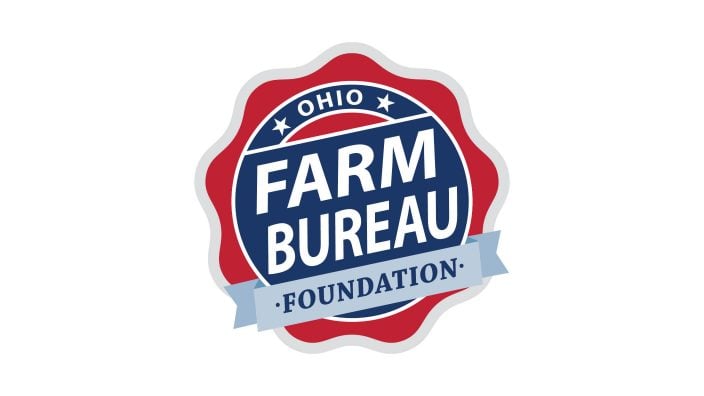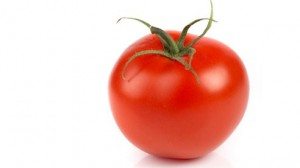Applications for Ohio Farm Bureau Health Plans now available
Members have three ways to apply: contacting a certified agent, calling 833-468-4280 or visiting ohiofarmbureauhealthplans.org.
Read MoreNothing says summer like a tomato fresh from the garden, but what are the things that are needed to know to be able to grow the best tomato?
Tomato Terms
Determinate is a plant that reaches a mature height and blooms roughly all at once and produces one crop all at once. These tend to be more compact plants and a good option for a small garden space. (Bush Big Boy, Viva Italia Hybrid, and many of the patio types.) These are also good selections for canning.
Indeterminate are plants that produce a continuous crop until frost. (Better Boy and Brandywine) These plants continue to grow and can become quite large, these need to be staked or caged.
Heirlooms are old varieties introduced before 1940. Heirlooms come in a wide variety of sizes, colors and shapes. Seeds have been passed from generations to generations.
Hybrids are a cross of multiple tomato varieties. Hybrids are created for specific features like taste, size, disease resistance and plant vigor. Fruit from these plants tend to be fairly uniform. Seeds from these plants tend to be sterile.
Tomato types
Standard- Slicing: Medium sized tomatoes, generally about the size of a fist. These are great for slicing for a salad or on a sandwich.
Cherry: Generally smaller than a golf ball and about the size of a cherry – hence the name. Plants yields are high, so having more than two plants could mean you’ll spend as much time giving tomatoes away as you do eating them yourself. These are great on salads, cooked as part of a kebab or just eaten as a snack by the handful.
Plum: These tend to be small and elongated in shape. These contain less juice and more meat, making them great for creating tomato paste and thick sauces.
Beefsteak: Big on taste and size, these are large tomatoes. If taken to the extreme, a gardener can grow up to three-pound Beefsteak tomatoes.
Yellow: These are less acidic than the red tomatoes, so they taste sweeter. These are rich in vitamin C and potassium but lack lycopene. An interesting point is that their salt content is two to three times higher than the red.
Growing:
Tips:
Tomatoes are one of the easiest vegetables to grow in the home garden. All they need are plenty of sunshine, water and a little TLC. These growing tips should help you to have a great crop of juicy, tasty tomatoes. And if you can’t eat them all, give some away to those non-gardeners or make and can tomato sauce for the winter.
Barbara Arnold is green corps coordinator at Franklin Park Conservatory.


Members have three ways to apply: contacting a certified agent, calling 833-468-4280 or visiting ohiofarmbureauhealthplans.org.
Read More

The scholarship provides one renewable award of $10,000, supporting a student pursuing a degree in agriculture or an agriculture-related field.
Read More

A short conversation over the phone, a quick text message or even finding a small daily habit such as journaling can make a big difference.
Read More

One of the best decisions Shannon and Heather Utter made a few years ago was looking into a Farm Bureau member benefit that has ended up saving them thousands of dollars on their energy bills.
Read More

Ryan Hiser has experienced first-hand the importance of having the opportunity to vote on issues that will affect his family operation and other farmers.
Read More

Bill Patterson, Cy Prettyman and Adele Flynn will continue to serve as officers for Ohio Farm Bureau Federation.
Read More

Delegates discussed many topics impacting agriculture including farmland preservation, local foods, and succession planning.
Read More

Twenty-six farmers govern the state’s largest farm and food organization.
Read More

The 2025 recipients are Fred Cooke (posthumous) of Richland County, Marvin Dietsch of Williams County, Steven Knollman of Hamilton County and Michele Miller (posthumous) of Ottawa County.
Read More

Nathan and Jill Parriman grow seasonal crops, including Christmas trees, pumpkins and cut flowers, providing U-cut experiences that invite customers to engage directly with agriculture.
Read More